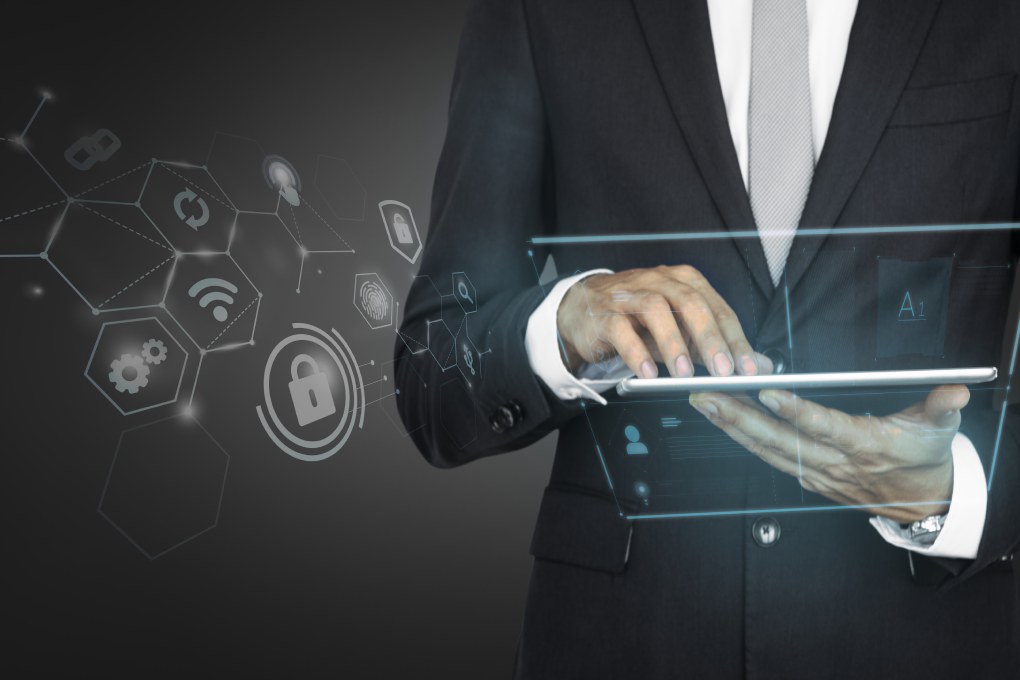Keys For The Industrial Sector: Security, Digital Transformation And Training

It is an event that has established itself as a benchmark in Industrial Safety and in which the leading organizations related to it participate, from public administrations to business associations, including professional associations and workers’ associations.
Some people might think that industrial safety has nothing to do with them, but they are wrong. In fact, one of everyone’s pending tasks is to recover the connection with industry, which seems far from today’s world.
Table of Contents
Industrial Safety Is What Does:
- When taking the elevator at your home or work, you do not run any risk.
- That using the appliances in your home is safe.
- These vehicles have few accidents (primarily due to human error).
- Escalators in shopping centres and public and private spaces have a guarantee for people.
- Forklifts, forklifts, cranes, trucks, buses, etcetera that do not need to be remembered.
Industrial Safety Affects Us All (even If We Are Not Aware Of It)
I’m an engineer. And although I no longer practice as such, engineering is something that comes within me. Now, I am more focused on helping companies in the management and executive development part. Still, I did not want to miss a meeting like this because of the importance that the industrial world currently has (although we have forgotten it) and because of the relevance of security.
From the Congress, I am left with three main themes, which are the ones I want to share here: security, digital transformation and training.
1. Security
Being the central axis of the Congress, it is the topic that has had the most relevance.
Industrial safety aims to prevent and limit risks, as well as protect against accidents capable of causing damage to people, property or the environment.
The point is that before, industrial safety was something visible, physical, and present. However, currently, another factor has entered the industrial safety equation that makes it more difficult to guarantee it. I’m talking about software, the virtual, the Internet, and the connected world.
Previously, when you pressed an emergency stop button (it didn’t matter if it was an elevator, an industrial machine, a public transport vehicle or an escalator), there was a physical connection through a cable that activated a relay, interrupting the operation of the system that generated a risk.
Currently, the emergency button sends a signal to a control system, which is responsible for processing the call and stopping the operation of the equipment in question. It is a system connected to the Internet and susceptible to being hacked. If this occurs, when you press the emergency button, nothing could happen, or something worse could happen.
This simple example shows that Cybersecurity must also be included in the equation.
The worrying thing is that if in industrial security, some companies would get a pass, in Cybersecurity, the majority would have a fail.
There are many computers and sensors connected to the Internet that run obsolete software, becoming a wide open door for attackers.
Companies need to incorporate profiles trained in Cybersecurity and begin to view their organization as a global set of elements.
2. Digital Transformation
Closely connected to the transformation of security into Cybersecurity are the rest of the processes and opportunities of Digital Transformation for the industry and companies in general.
In the different presentations, the following examples were cited, among others.
Digital Twin For Facility Maintenance
Although it may seem like something more typical of science fiction cinema, experiences with digital twins are the order of the day and have very earthly applications.
Luis Portolés, Head of Technologies and Processes at AIDIMME, gave an example developed for the separation of sludge and water in a treatment plant (Company: Mediterranean Water Treatment).
The Digital Twin allows data to be collected in real-time from the physical model. When you want to test a change in the process, the Digital Twin disconnects from the real one and runs the simulation. When the most advantageous situation is found, it is applied to the actual model.
Artificial Intelligence (ai) Applied To Preventive And Predictive Maintenance
A camera collects real-time images of the conveyor belt through which the containers pass for separation and treatment.
Cases of stopping the packaging processing wheel have been detected without finding a recurring reason.
By applying AI to the images obtained, a pattern is accepted that the human eye has not been able to identify. Most of the stops on the wheel occur when a specific type of container passes along the belt in a particular position.
The system begins to explore the different options, reducing the speed of the wheel when detecting that container in the position seen as critical.
After several automatic iterations, the AI system identifies the maximum speed to avoid traffic jams at 60% of the top speed.
Taking into account the cost of each stoppage of the system, requiring the intervention of an operator to unclog the wheel and restart the conveyor, the investment in an AI system is recovered in a very short time.
3. Training
Global society needs to recover its industrial DNA. In territories like ours, with a lot of concentration in the tourism and service sectors, we can be tempted to think that the industry could be more critical. However, without a drive, there are no services.
Vocational Training (FP) is essential to guarantee the functioning and development of the industry in our country.
There are territories in which culture has kept young people’s interest in vocational training alive and others in which there is hardly any interest.
A more fabulous presence is needed in the institutes of the future offered by FP. Something needs to be fixed in the orientation of young people when the majority opt for a university degree, leaving aside options with a more splendid future, such as those offered by FP.
Joint work between families, educational centres and society in general is necessary. The current market situation, with a significant unmet demand and a high level of unemployment, also demonstrates how there are many unemployed people with low qualifications.
Well, as a summary, it has been a bit long, but we all have to work together to promote industrial development on all fronts and reduce dependence on other countries.




